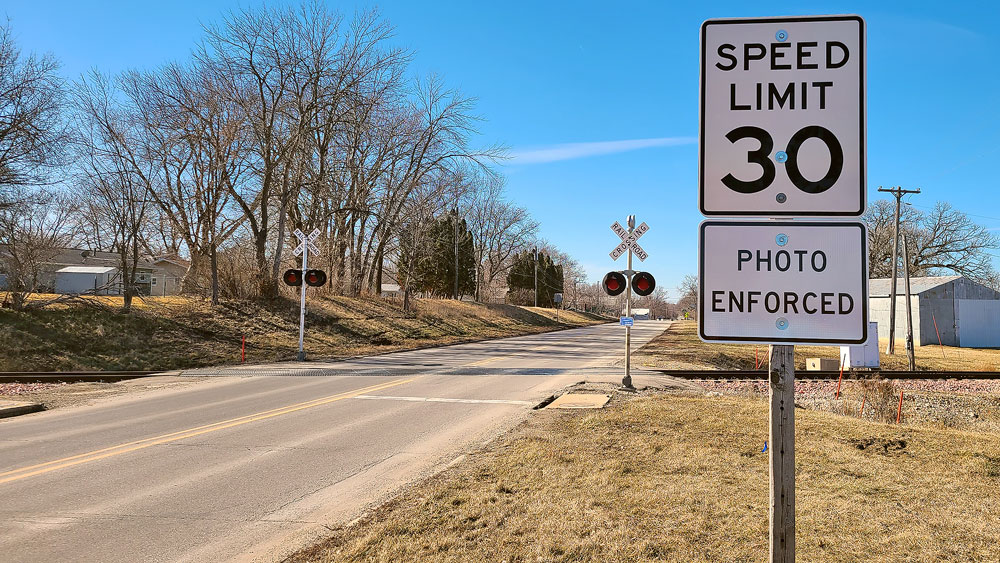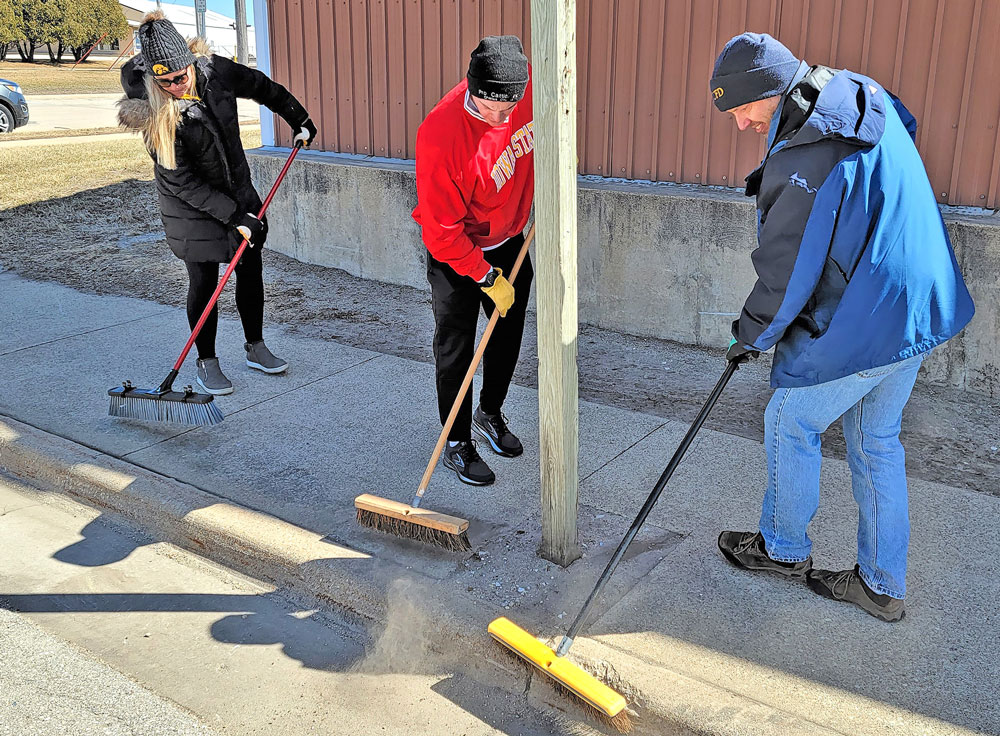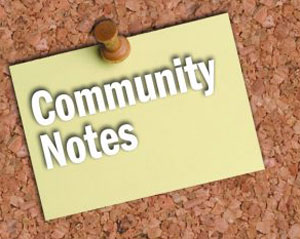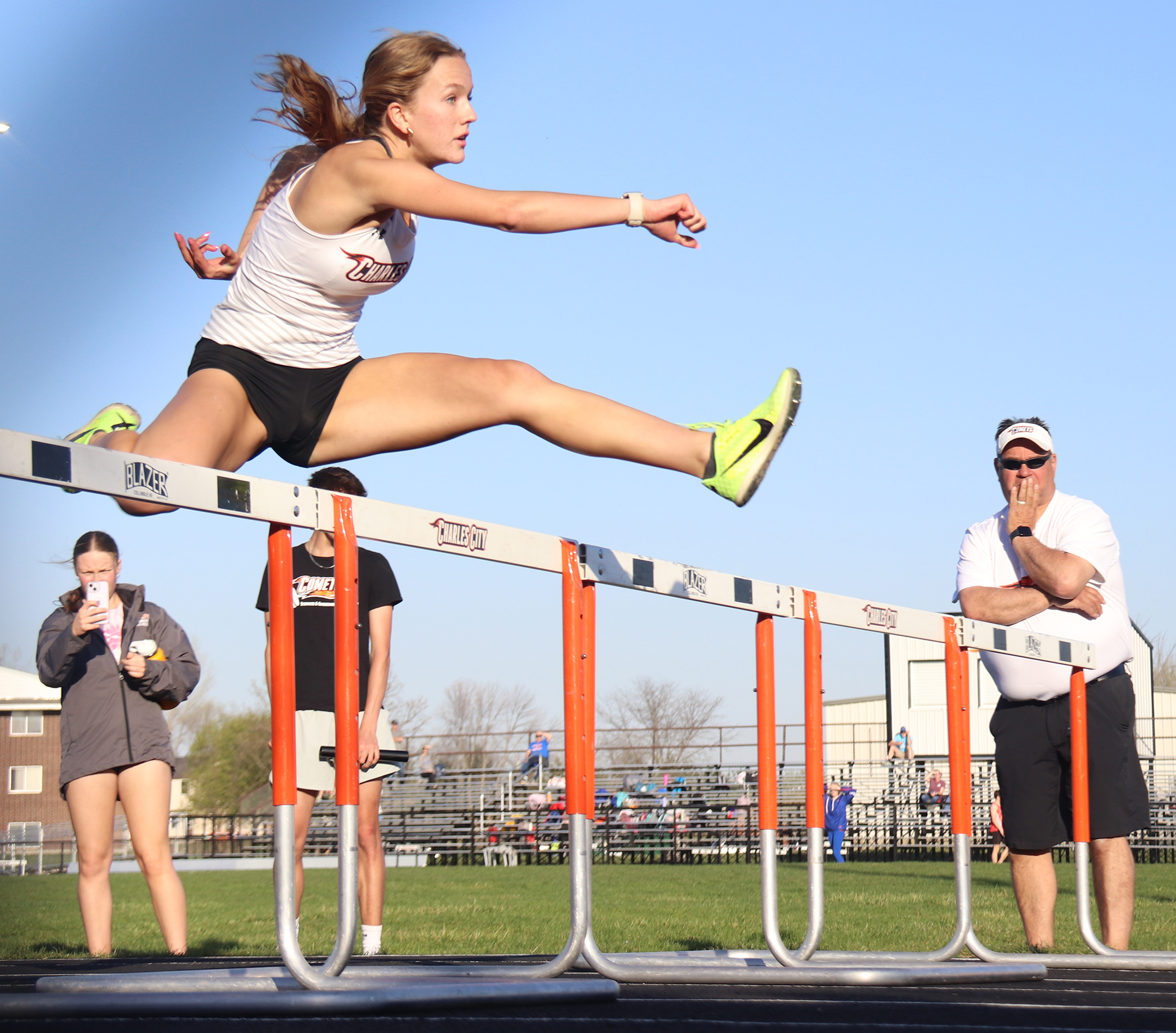Pro athletes are not overpaid
By John Burbridge
sports@charlescitypress.com
The taxman came a little earlier than for most for three Major League Baseball teams this week.
The Boston Red Sox, the Chicago Cubs and the New York Yankees were hit with the league’s luxury tax bills in respective amounts of $13.4, $7.6 and $6.7 million dollars.
Though only a few seasons removed from their World Series championships, the Red Sox and the Cubs notably didn’t make the playoffs in 2019. The Yankees did but have now gone 11 years without a title — a long stretch for that revered franchise.
Like most tax structures, the MLB luxury tax is simple until it’s not. Sold not as a soft salary cap measure, the luxury tax is referred to as a “competitive balance tax” which initially imposed fines — or rather “taxes” — to the top five spending teams. The amount levied was 34% of the dollar amount of a team’s salary over the average of the fifth and sixth top team salaries — meaning if the fifth top spending team had a payroll of 150 million and sixth top spender had a payroll of 140 million, the tax/fine would have been 34% per dollar over 145 million.
Now the threshold line is not arbitrary and has been progressively set through 2022. The tax percentage for those who go over is also progressively set at 20% for the first offense, 30% for the second-straight offense, and 50% for the third- and beyond-straight offenses. Whenever a team breaks a string of going over, their next offense goes back down to 20%.
The Yankees are not going to break their string of going over anytime soon after signing three-time all-star pitcher Gerrit Cole to a nine-year contract for $324 million, the most ever for a non-position player.
Six-point-seven million must be chump change for the Yanks as they are apparently willing to fork out far more when it comes tax time in the years to come. You also can’t blame the Cubs for being cavalier with their finances considering the fortune they’ll likely reap as partners in the new Marquee Sports Network due to launch next spring training.
Aside from new cable channel subscriptions, high ticket prices are a means to cover the exorbitant contracts for the likes of Cole and Yu Darvish ($126 million a year). The average ticket prices for Cubs and Yankees games are $128 and $121, respectively the top two in the league.
I remember in the mid-1980s when you could sit anywhere in the outfield bleachers — foul pole-to-foul pole free range — at Cubs games for just $3.50. And if you got there early enough with a little Wrigleyville savvy, you could likely find a free parking space.
One day a couple of friends and I got there a little extra early before the gates opened. We were strolling along Waveland Avenue just outside the left-field face of the ballpark when — from behind — we got accosted by hall of famer Billy Williams, who was the Cubs’ hitting coach at the time. Williams just wanted to personally thank us with handshakes for coming out to support the team, even at just $3.50 a pop.
To note, the most the Cubs legend ever made in a year was $150,000.
Those who have read past this column’s headline may assume where I’m going with this … another rant against professional sport salaries getting ridiculous as well as the ridiculous ticket and pay-per-view prices that rise in concurrence to support this lunacy. But I must point out, contrary to popular belief, sport fans don’t pay team athlete salaries. Team owners do. Aside in cases involving arbitration, team owners set the price. It is their risk. It is their investment. Granted, not all make good investments. Darvish for example.
Some teams have even paid lottery jackpots for players to play on other teams. When Sammy Sosa wore out his welcome with the said Cubs, he was paid $18 million from the final year of his contract to play a season for the Baltimore Orioles, who took Sosa off the Cubs’ hands.
That $18 million was only a few million less than what the then Florida Marlins were paying their entire roster.
Professional athletes are not public servants paid in tax dollars, though owners often benefit from taxpayers when they coerce cities and states to erect new stadiums for them for free — a form of welfare that doesn’t get demonized like other forms — under the threat of taking their ball sport and moving somewhere else.
In a more-perfect world, it would be nice if first-responders and teachers made on the average as least as much as Billy Williams once made. But these professions don’t charge admission for spectators to cheer on their work.
Wherever there are cheers and jeers, there’s passionate interest, the type that commands one’s attention span long enough for the peripheral advertising embedded into sports at premium prices to effectively sink in. The fact that people will gather around a water cooler to discuss Gerrit Cole’s contract is one of the reasons why he got it.
Maybe not so much in the National Football League which continues to eschew guaranteed contracts, but the vast wealth players from the MLB and the National Basketball Association can accumulate in a short period of time may be best attributed to a radical business practice that doesn’t often get praised by Wall Street or fiscal conservatives, but does tend to distribute the spoils more equitably between the millionaire players and their billionaire owners.
Profit Sharing.








Social Share